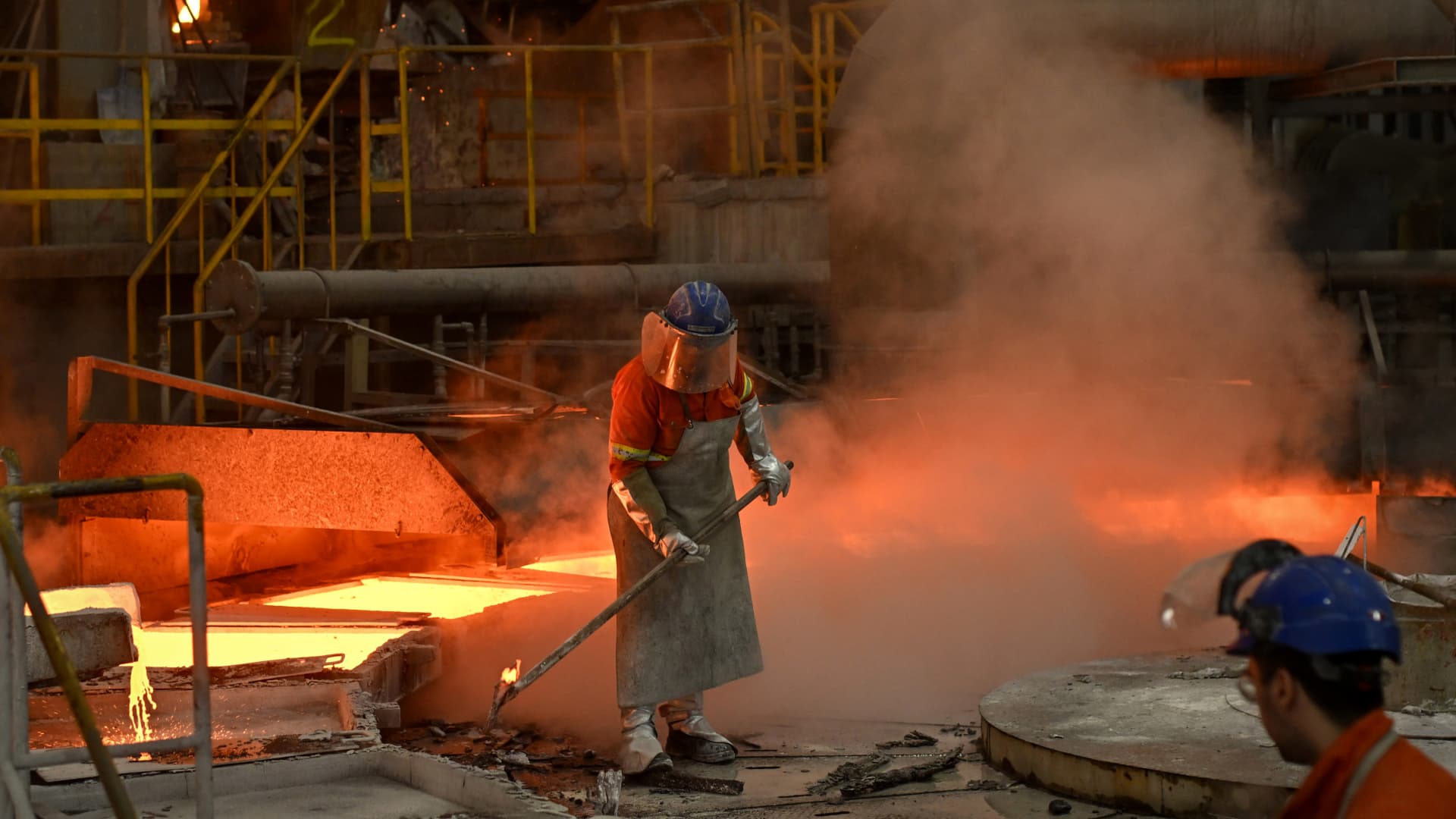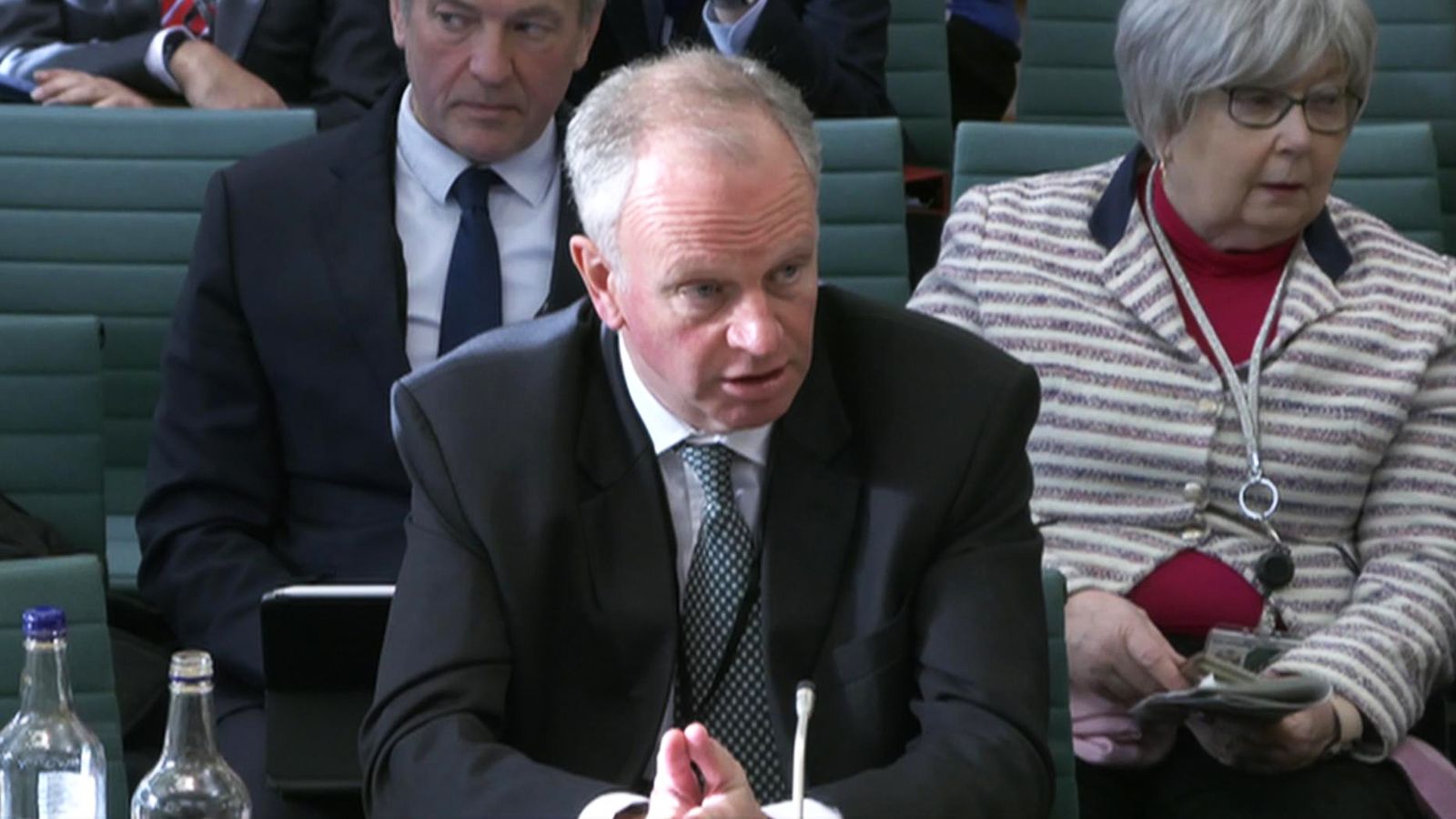The US Department of Energy has announced a plan to cut utility-scale solar prices by 60% by 2030 or so.
“In many parts of the country, solar is already cheaper than coal and other fossil fuels, and with more innovation we can cut the cost again by more than half within the decade,” Energy Secretary Jennifer M. Granholm said in a statement.
There’s only one problem: the plan is almost irrelevant to the costs of utility-scale solar. Here’s what the announced $128 million — yes, million, not billion — covers:
-
- US$40 million to be allocated to 22 R&D projects for perovskite materials; a family of emerging solar materials that have potential to make thin-film solar cells with low production costs.
- A further US$3 million providing seed capital for newly formed companies to scale up the commercial production of perovskite technologies.
- US$20 million to fund the creation of a consortium that will work to bring down the cost of producing cadmium telluride (CdTe technologies), which make up roughly 20% of all solar modules installed in the US.
- US$7 million to fund R&D that will increase the longevity of silicon-based PV systems from 30 years to 50, bringing down operations and maintenance (O&M) costs.
- US$58 million earmarked to develop Concentrated Solar Power (CSP), improving solar thermal plants’ reliability and find new applications for solar thermal in industrial processes. This includes US$25 million to build a research facility to further develop CSP, with the aim of bringing its power costs down to US$0.05 per kWh.
Solar’s costs have plummeted over the past decades, but the investments are almost entirely not in the areas of actual cost reductions. The actual costs were reported in the CleanTechnica article “Policy & Global Supply Chain Innovation Are Making Solar Cheap, Not New Solar Chemistries” a year ago, based on a peer-reviewed MIT study in the journal Energy Policy of the drivers of cost reduction. As I reported at the time, it had been apparent for years before the article that it was economies of scale and innovation in manufacturing, distribution, and construction which were lowering costs, responsible for 80% of the cost reductions.
That leaves technology with 20% of the cost reduction in the past 20 years, but it’s mostly technology that the DOE funding focuses on. The $128 million is going to keep a bunch of mostly irrelevant R&D projects going. Perovskite-based solar is perpetually in the news, and perpetually never manufactured or deployed. It’s the fusion power of solar energy. I’ve been urging CleanTechnica to stop reporting on it because it’s so perpetually wearing an ugly dress and standing near the altar as other solar panels get married to the grid. Concentrating solar power (CSP) is the nuclear fission of solar power, constantly more expensive in production than promised by its advocates. It keeps adorning articles about solar power, but is an irrelevant rounding error in global deployment. This funding suggests more money will go toward poorly formulated ideas like the Bill Gates–backed Heliogen machine-learning focused mirrors I assessed 18 months ago. I determined that its qualities made it only suitable for steam-assisted gravity drainage projects in the oil sands.
The vast majority of the roughly 3 billion solar panels deployed to date come from China, which has 9 of the 10 largest solar manufacturing companies. The USA throwing $128 million at stuff that isn’t going to be purchased or deployed isn’t going to reduce solar costs.
What would reduce solar costs is accelerated and dirt cheap leasing of federal lands, accelerated regulatory approval, bolstering of the ITC (Investment Tax Credit) for solar, and committed purchasing of solar (and wind) electricity by all federal governmental agencies.
Pro-tip: if the expenditure units starts with m instead of b, it’s not serious. Billions move the needle. Millions just keep the lights on in a few pet projects.




![BETA hits its latest eVTOL milestone, transitioning mid-air with a pilot onboard [Video]](https://i0.wp.com/electrek.co/wp-content/uploads/sites/3/2024/04/BETA-eVTOL-piloted-flight.jpg?resize=1200,628&quality=82&strip=all&ssl=1)







